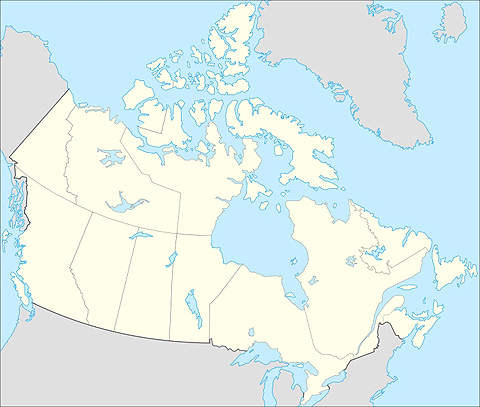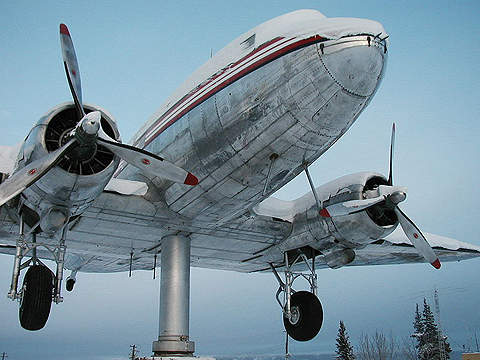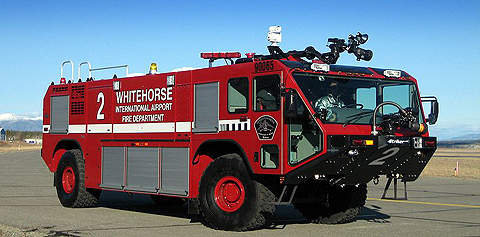Erik Nielsen Whitehorse International Airport, also known as Whitehorse International Airport, is located near Whitehorse, the capital city of Yukon, Canada.
It was built in 1940 by the Department of Transport. It is owned and operated by the Government of the Yukon Territory. It was renamed after Erik Nielsen, a former Member of Parliament in Yukon, in December 2008.
It is a hub for airline operators such as Air North, First Air, Air Transat, Condor, Cargojet Airways and Era Aviation (Alaska).
The airport handled passenger traffic of 2.28 million in 2009 and recorded 30,624 aircraft movements in 2010.
Master plan for Erik Nielsen Whitehorse International Airport
The master plan of the airport was prepared by LPS Avia Consulting in 2007. It recommended upgrading the runway, terminal building, taxiways, apron and parking and other access roads. It also recommended the development of navigation, electronic landing systems and air traffic control / flight service station (ATC/FSS) services.
Expansions of the Canadian airport
Tenders were invited in July 2011 for the reconstruction of Otter Road for providing access to the north side of the expanded terminal building.
The project involves excavating 4,300m³ and placing 1,650m² of asphalt pavement.
The estimated cost of the project is $220,705. The construction is expected to be completed in 2012.
The C$16m ($15.5m) terminal expansion project was initiated in March 2008 and completed in June 2010. It involved expanding the terminal by adding 2,767m² of area to create additional space for office use, security screening, baggage and a 230-seat in-transit lounge. The terminal expansion was funded with C$11m ($10.67m) by the Government of Yukon and C$5m ($4.85m) contribution from Federal Government of Canada.
The C$1.5m ($1.45m) parking lot construction at the airport was completed in two phases. Phase I of the project was completed in 2007 and phase II was completed in 2008. The construction contract was awarded to Norcope Construction Group. The works included installation of manholes, preparation of granular sub-base and base course, and installation of catch basins, sub drains and sewers. It also involved carrying out electrical and landscaping works.
Phases one and two of civil transportation improvements at the airport were completed in 2006 and 2007 respectively. The engineering design and other related services were provided by Yukon Engineering Services. The project involved upgrading parking and access facilities at the airport. The electrical services were provided by Dorward Engineering.
The extension of 13R runway at the airport was completed in October 1998. The project included extending the runway by 340m and improving concrete turn button, installing sanitary and storm mains and other lighting upgrades. Yukon Engineering provided engineering services for the project.
Terminal features of Whitehorse International Airport
The airport has a single passenger terminal. The facilities at the terminal include six check-in desks.
Other facilities include restaurants, bars, duty free shop, first aid, gift shop, newsagent / tobacconist, car rental offices, taxi service and disabled access facilities.
The airport has three runways paved with asphalt. The first runway (01/19) is 548m in length. The second runway is 2,900m long and lies in the direction of 13R/31L.
The third runway (13L/31R) is 1,125m in length. The airport is well equipped with category five fire fighting equipment.
Ground transportation
Many types of ground transportation facilities are available at the airport. The Whitehorse Transit Bus runs about 14 trips during weekdays to and from the airport to the city centre. Car rental companies such as Budget, National and Driving Force have offices in the terminal building. Taxi and shuttle services are also available.
The airport offers both short and long-term day use parking. It has 60 short-term and 40 long-term parking spaces.






